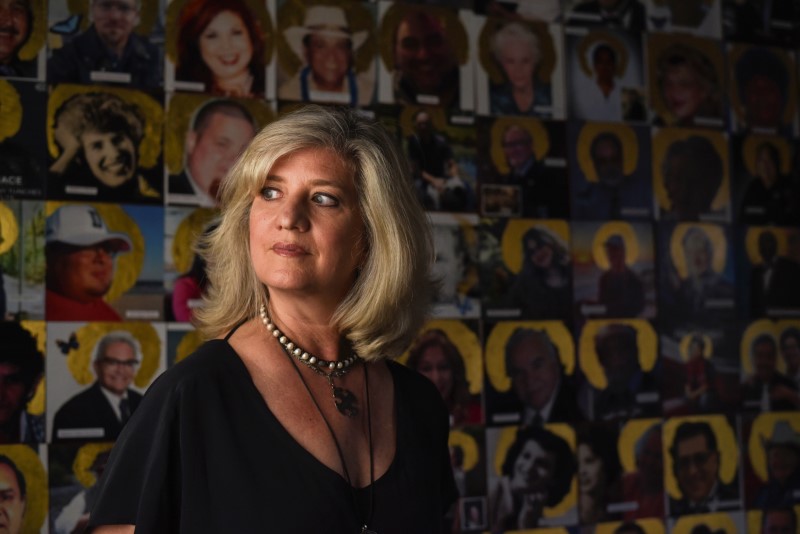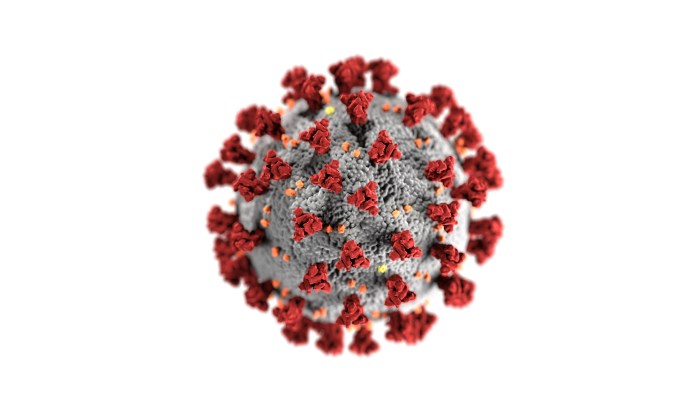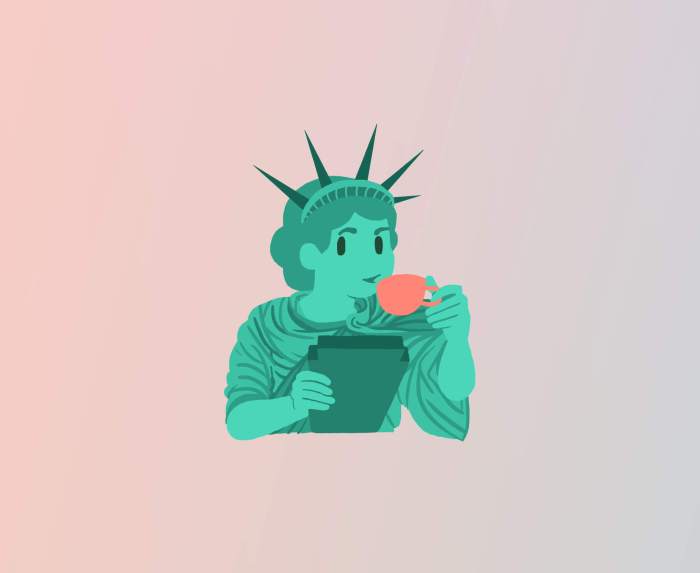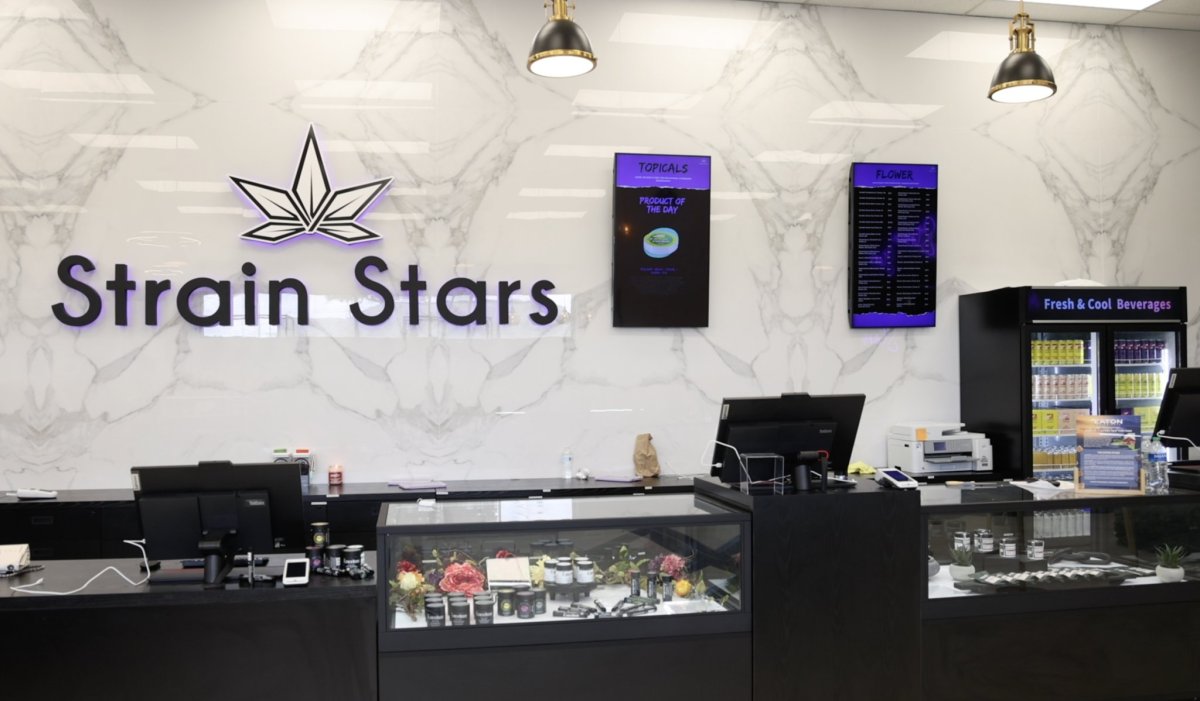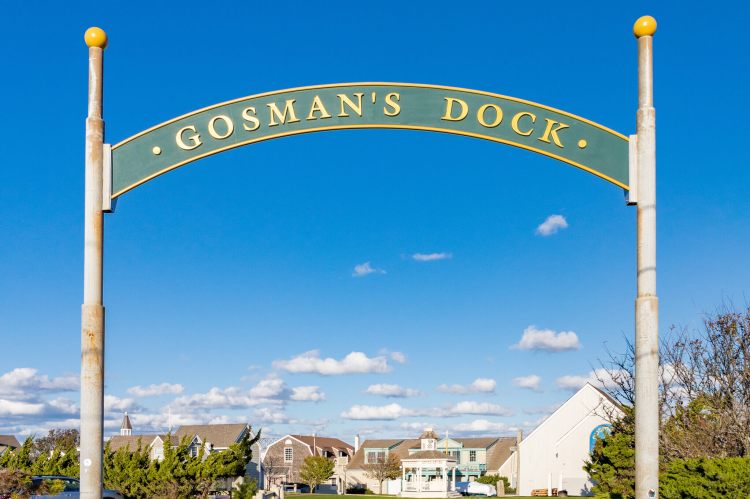By Sharon Bernstein
The United States has now lost over 600,000 mothers, fathers, children, siblings and friends to Covid-19, a painful reminder that death, sickness and grief continue even as the country begins to return to something resembling pre-pandemic normal.
A bride forced by the pandemic to have a Zoom wedding is planning a lavish in-person anniversary celebration this summer, but all of the guests must attest they are vaccinated.
A Houston artist, still deep in grief, is working on a collage of images of people who died in her community. Others crowd theaters and bars, saying it is time to move on.
“There will be no tears – not even happy tears,” said Ali Whitman, who will celebrate her first wedding anniversary in August by donning her gown and partying with 240 vaccinated friends and family members in New Hampshire.
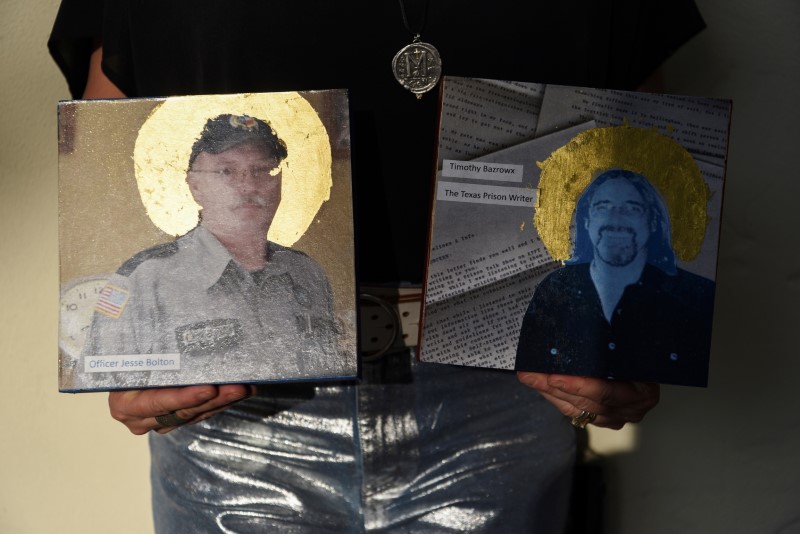
Covid-19 nearly killed her mother. She spent her wedding day last year with 13 people in person while an aunt conducted the ceremony via Zoom.
“I would be remiss not to address how awful and how terrible the past year has been, but also the gratitude that I can be in a singular place with all the people in my life who mean so much to me,” said Whitman, 30.
The United States passed 600,000 Covid-19 deaths on Monday, about 15% of the world’s total coronavirus fatalities of around 4 million, a Reuters tally shows.
The rate of severe illness and death has dropped dramatically as more Americans have become vaccinated, creating something of a psychological whiplash that plagues the millions whose lives have been touched by the disease. Many are eager to emerge from more than a year of sickness and lockdown, yet they still suffer – from grief, lingering symptoms, economic trauma or the isolation of lockdown.
“We’ve all lived through this awful time, and all of us have been affected one way or another,” said Erika Stein, who has suffered from migraines, fatigue and cognitive issues since contracting Covid-19 last fall. “My world flipped upside down in the last year and a half – and that’s been hard.”
Stein, 34, was active and fit, working as a marketing executive and fitness instructor in Virginia outside Washington, D.C., before the initial illness and related syndrome known as long-Covid ravaged her life.
Like many, she has mixed feelings about how quickly cities and states have moved to lift pandemic restrictions and re-open.
‘FOR MY FAMILY, THERE IS NO NORMAL’
In New York, social worker Shyvonne Noboa still cries talking about the disease that ravaged her family, infecting 14 out of 17 relatives and killing her beloved grandfather.
She breaks down when she goes to Target and sees the well-stocked aisles, recalling the pandemic’s depths, when she could not find hand sanitizer to protect her family.
“New York City is going back to quote-unquote ‘normal’ and opening up, but I can assure you that for my family there is no normal,” said Noboa, who lives in Queens, an early epicenter of the U.S. outbreak. She is vaccinated but still wears a mask when she is out, and plans to continue doing so in the near future.
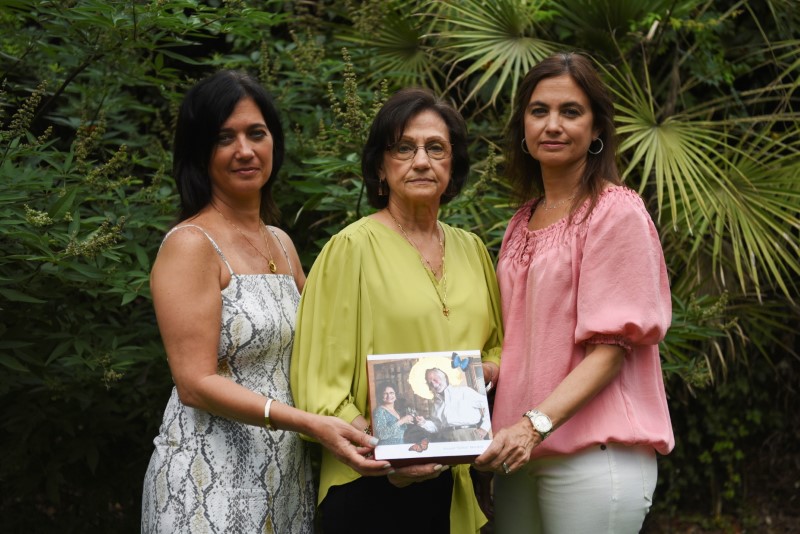
In Houston, artist Joni Zavitsanos started looking up obituaries of people in Southeast Texas who had died in the pandemic’s early days, reading their stories and creating mixed-media memorials displaying their names and photographs. Around each person she painted a halo using gold leaf, an homage to the Byzantine art of the Greek Orthodox church she attends.
Zavitsanos has now created about 575 images, and plans to keep going, making as many as she can, each portrait on an eight-by-eight-inch piece of wood to be mounted together to form an installation. Her brother and three adult children contracted Covid-19 and recovered. A very close friend nearly died and is still struggling with rehabilitation.
Chris Kocher, who founded the support and advocacy group Covid Survivors for Change, urged sympathy and support for people who are still grieving.
“We’re being given this false choice where you can open up and celebrate, or you need to be locked down in grief,” he said. “Let’s be thankful that people are getting vaccinated, but let’s also acknowledge that going back to normal is not an option for millions of Americans.”
One way to acknowledge the toll that Covid-19 has taken is to incorporate the color yellow into celebrations and gatherings, or display a yellow heart, which for some has become a symbol of those lost to the disease, he said.
The bittersweet mix of grief at the pandemic’s toll with relief brought by its ebb was clear at Chicago’s O’Hare airport on Thursday, where Stephanie Aviles and her family waited for a cousin to arrive from Puerto Rico.
Aviles, 23, lost two close friends to the virus, and her father nearly died. And yet, here she was, greeting family she had not been able to see for 15 months as the pandemic raged.
“I’m grateful, but it’s a lot,” she said. “It’s a strange feeling to be normal again.”
(Reporting by Sharon Bernstein; Additional reporting by Brendan O’Brien; Editing by Bill Berkrot)
For more coronavirus coverage, visit longislandpress.com/coronavirus.
Sign up for Long Island Press’ email newsletters here. Sign up for home delivery of Long Island Press here. Sign up for discounts by becoming a Long Island Press community partner here.



